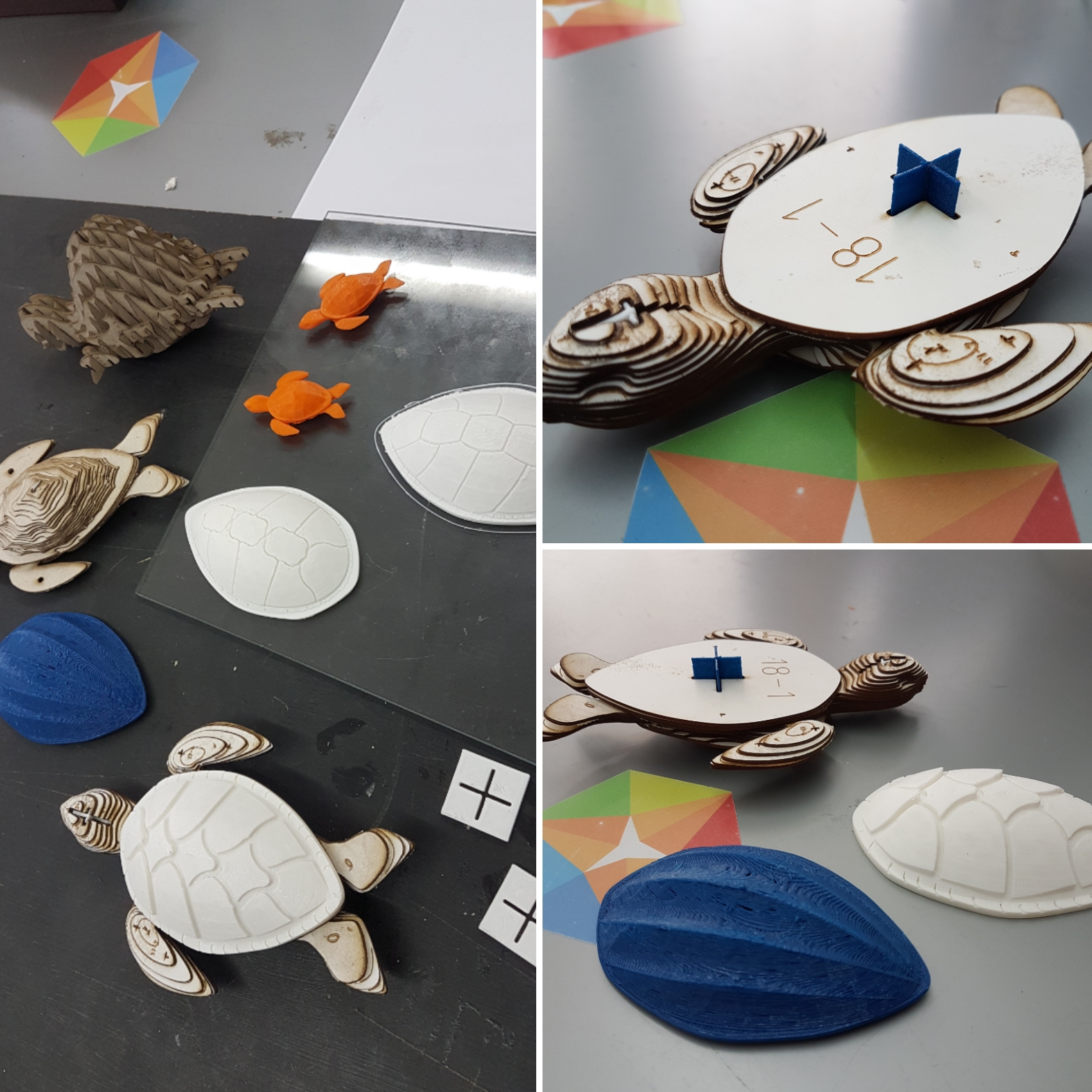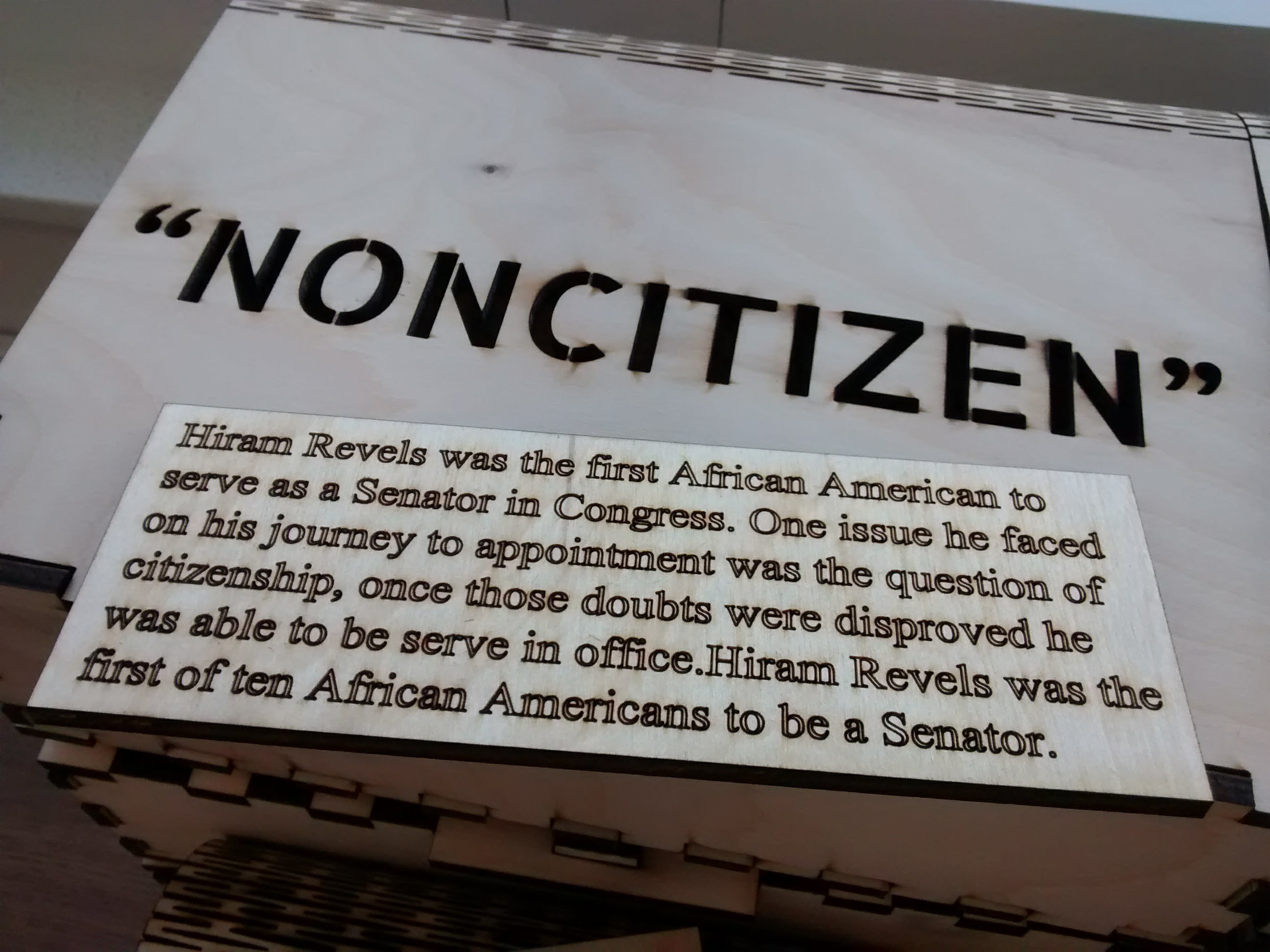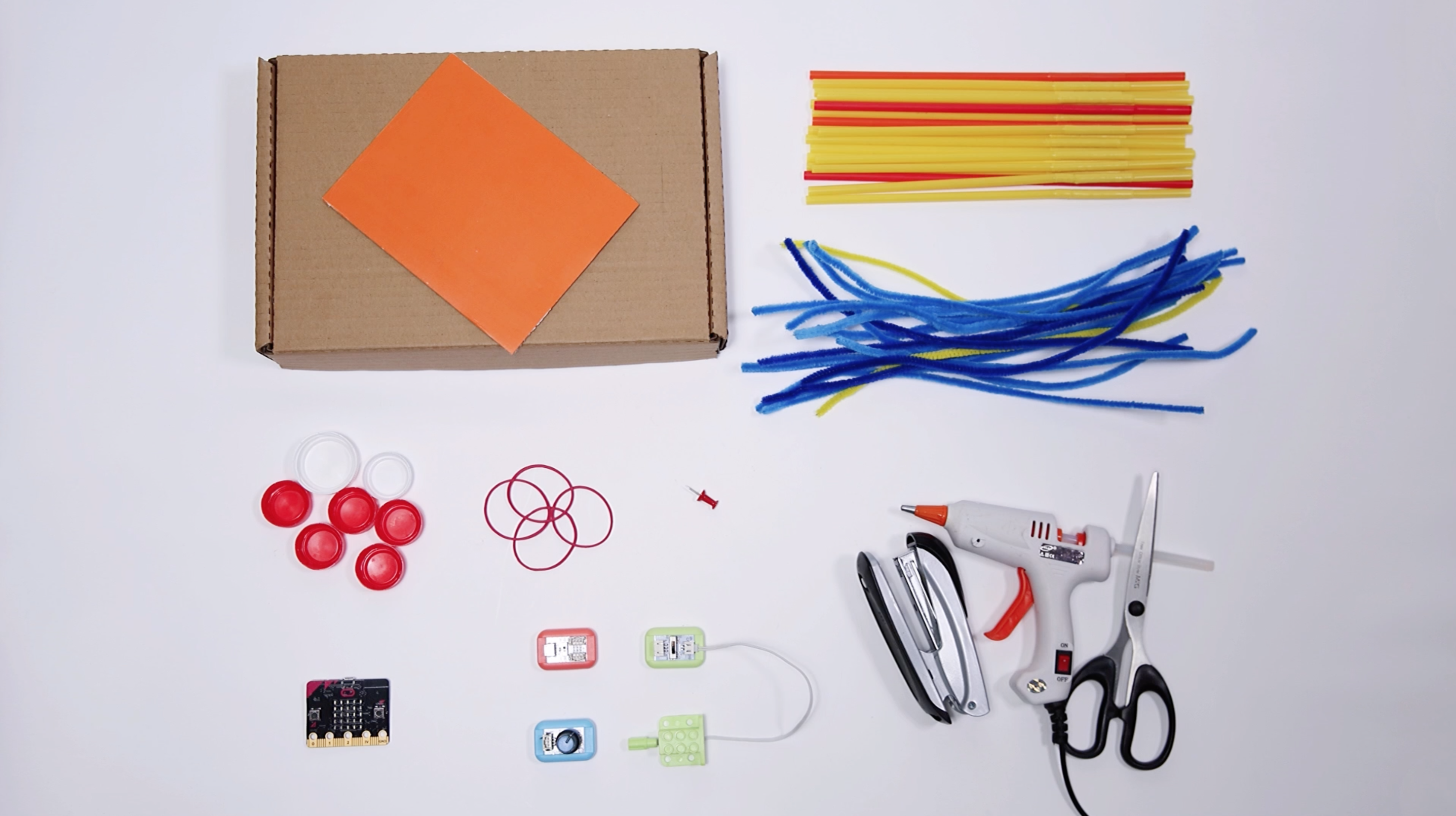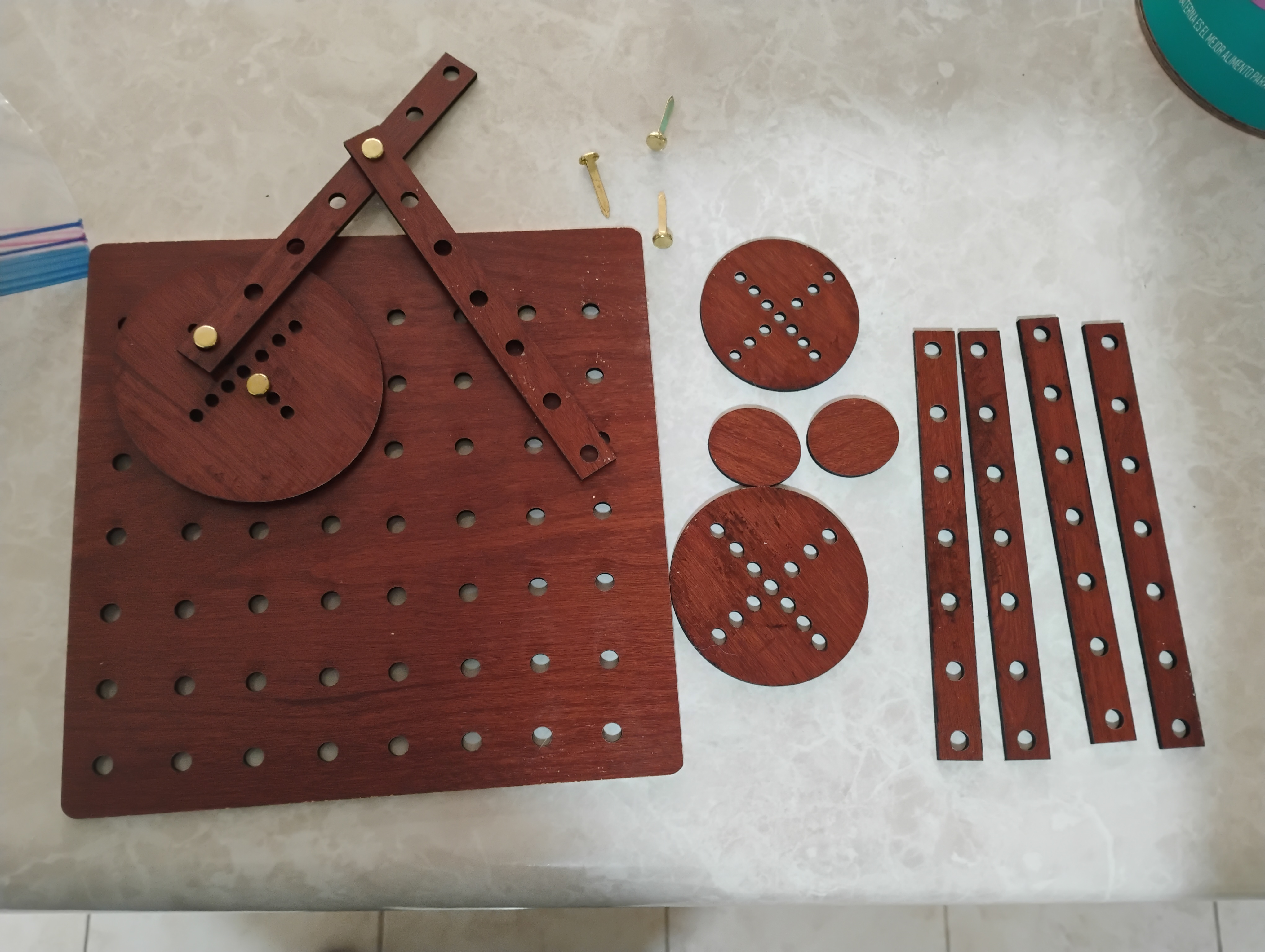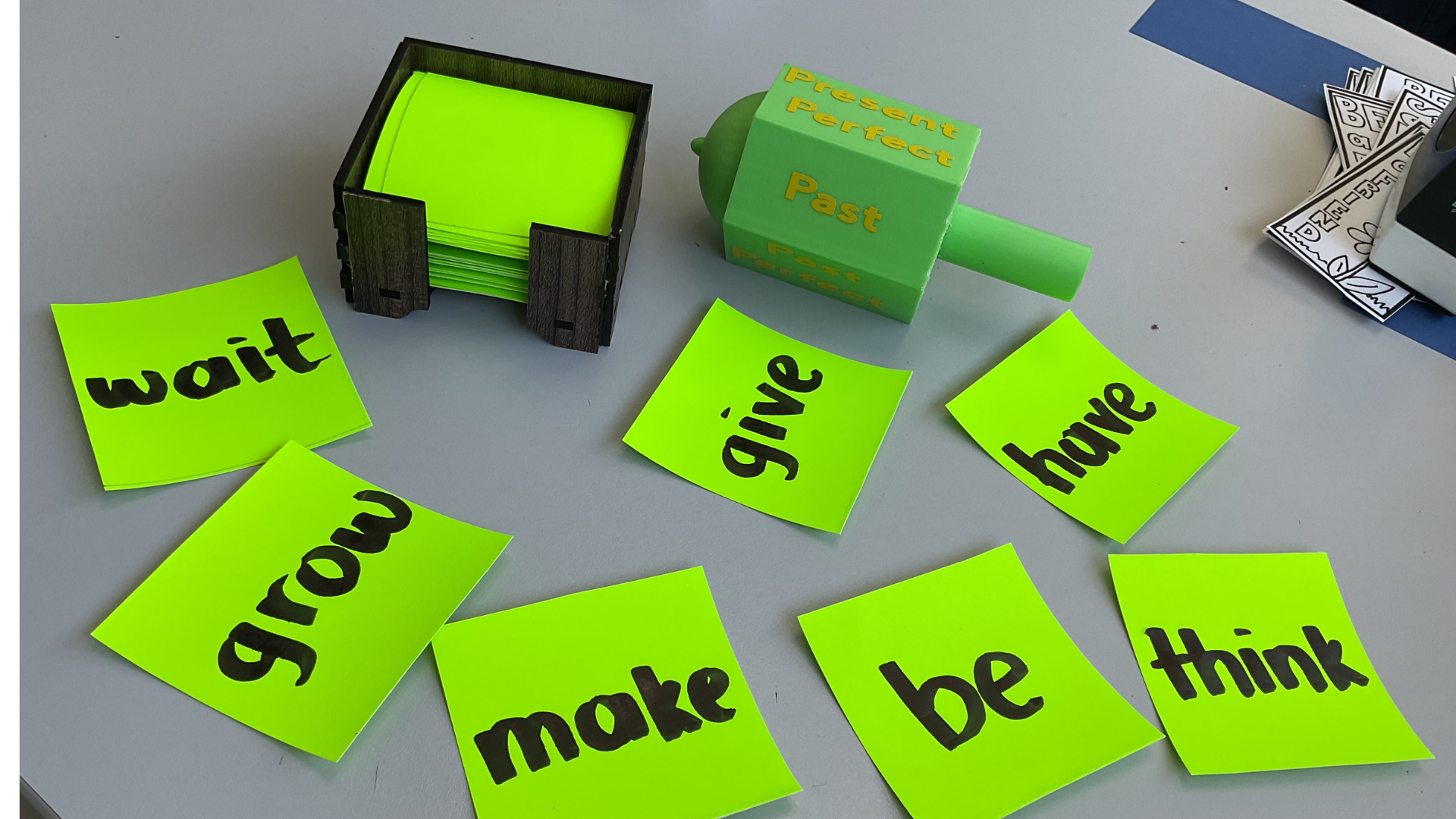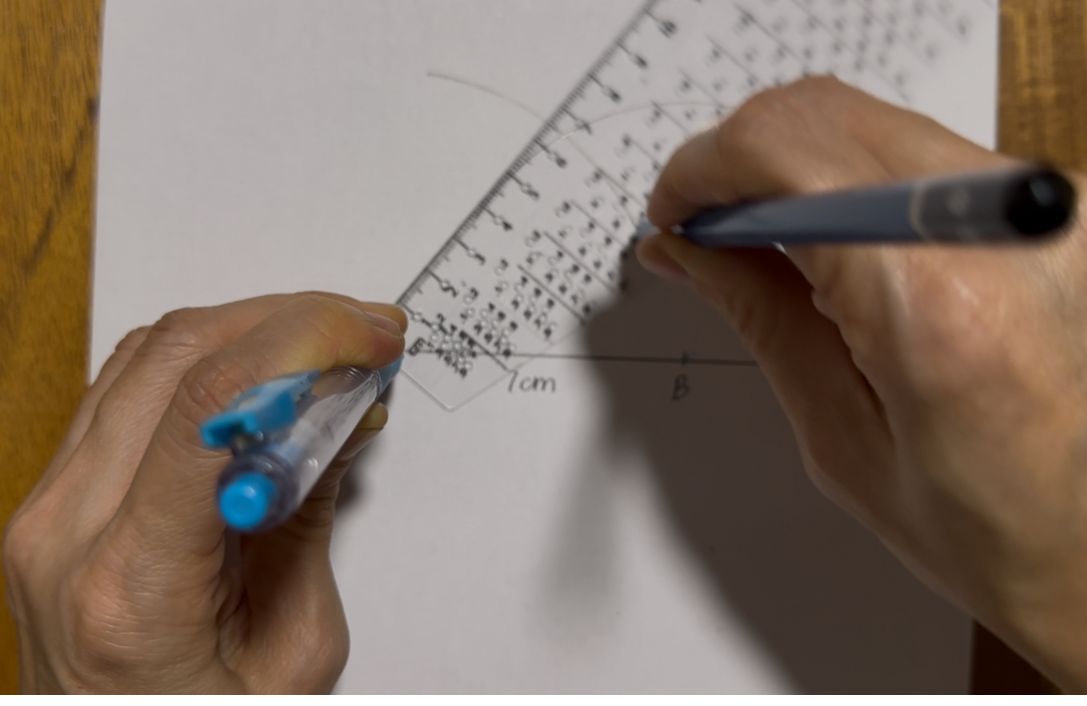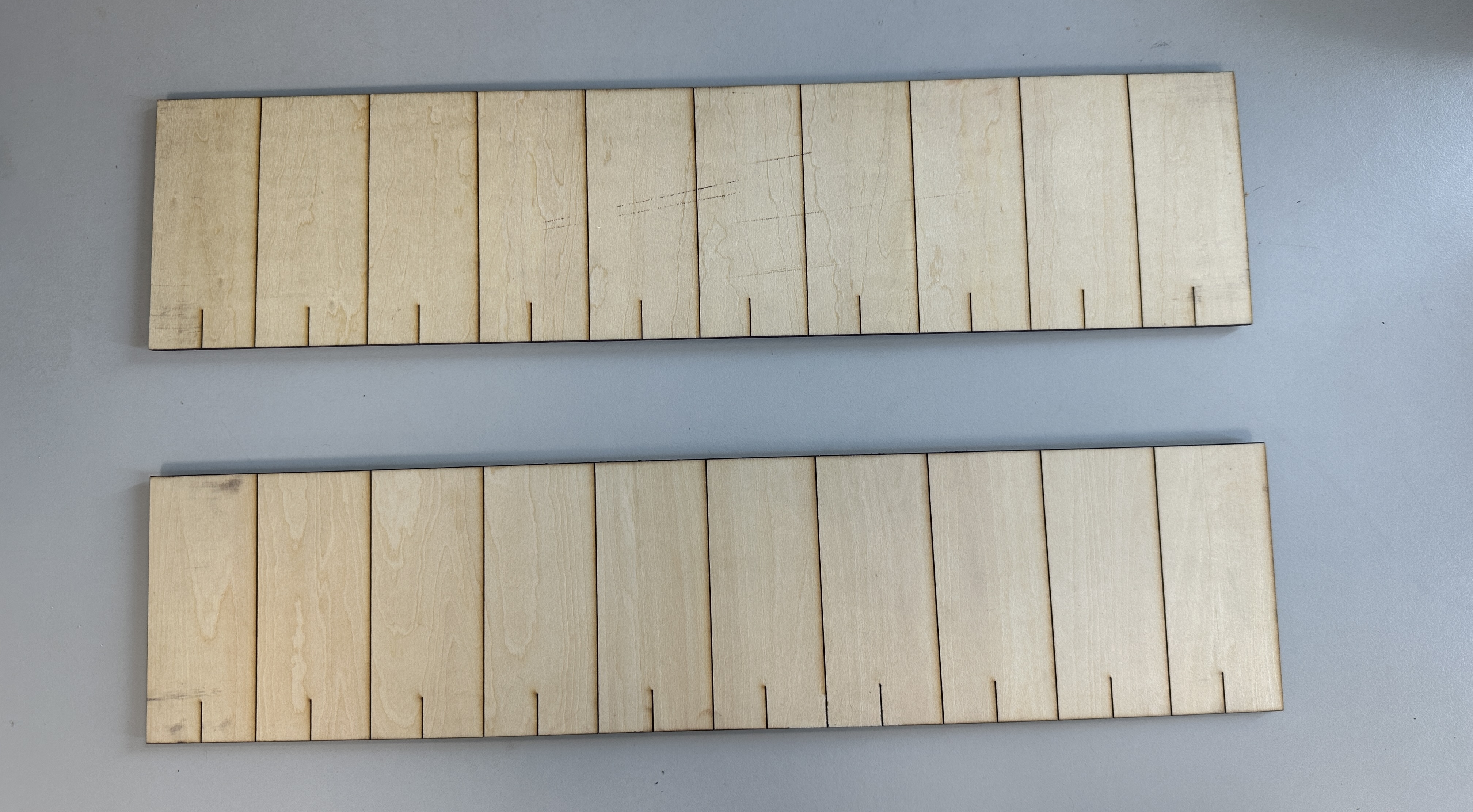Explore the 2019 Chevron STEM Education Award Lessons
Fabricating turtles to understand turtles
This activity includes a “hands on” strategy that mixes the use of two different digital fabrication tools (laser cut and 3D printing) and silicon mold, to produce replicas of animals…
Fabstory
Make the Fabstory Blocks Initial story. Tell to the participants an initial story using the Fabstory blocks Technique 1: What would happen if…. On a brainstorming ask 3 questions than…
Uncovering a Hidden History – The Lives of African Americans During Reconstruction
Students will respond to research about the lives of African Americans during the Reconstruction era. This era was a critical time that laid the groundwork for many social issues we…
IN THIS COLLECTION
This collection includes 4 lessons from our first, second, and tied third place winners. These lessons cover ecology, history, science, and the arts. The lessons were designed for students in grades 7-12 for communities all around the world. The educators in the collection teach in formal and informal education settings in Brazil, Mexico, Ghana, and the United States.
about THE CHEVRON STEM AWARD
Chevron has partnered with the Fab Foundation since 2016 to celebrate educators using STEM and digital fabrication for student learning. There have been over 160 submissions for the STEM Award to date, and Chevron has awarded $40,000 to educators who are creating lessons and activities for their students and sharing them with the Fab Foundation network worldwide.
Chevron and the Fab Foundation are using this award to highlight people in the network who are making a change and doing amazing work to impact the lives and livelihoods of children and youth around the world.
“Chevron is committed to investing in STEM education to encourage students and community members to be the innovators and makers of the future.”
Janet Auer, Advisor, Education and Corporate Programs at Chevron
Emotions in Motion – مشاعر في حركة
This session explores the role of emotions and how they can be expressed through colors, shapes, and sounds. Children will engage in an interactive activity using the Makey Makey electronic…
December 17, 2025Awarness Card – بطاقــة توعويـــــة
During this workshop, participants will assemble a simple circuit using conductive tape and chibitronics LED. Participants will learn about sustainability and awareness about energy conservation. خلال هذه الورشة، سيقوم…
December 17, 2025AI Storytelling – سرد القصص بالذكاء الاصطناعي
In this workshop participants are going to be introduced to AI & Storytelling, they will use Yarn platform that utilizes AI features to make a story about empowering women in…
December 16, 2025Renewable Energy Lab Tutorial for UNIHIKER K10
This kit is a scientific exploration kit based on the UNIHIKER K10. It is equipped with components such as a wind power generator, a solar panel, and an energy storage…
December 16, 2025Speed Rolling Down A Ramp | Smart Science Projects
This hands-on science and technology course guides students to recreate Galileo’s classic inclined plane experiment using Micro:bit, BOSON light sensors, and self-made cardboard structures. Students will first master the principle…
December 16, 2025Protect our teeth
Understand the structure of your teeth and develop good habits to take care of them.Caring for your teeth should start with daily habits, developing good practices for using and protecting…
December 15, 2025Programmable Electronic Musical Instruments
Students will construct their own electronic musical instruments, and get introduced to block programming to make their instruments play sounds.
December 14, 2025Reaction Game using Micro:bit
This lesson works better if students had some previous experience working with Scratch or similar coding software. The lesson focuses on students creating a reaction game with simple materials and…
December 14, 2025Constelations
During this lesson, students are able to experiment with electricity a topic that they had been learning before, which is constellations. This lesson has a combination of FabLab interactive activities…
December 9, 2025Build & Test Earthquake Proof Buildings | Smart Science Projects
This project will show you how to make an earthquake shake table to simulate earthquakes at different frequencies. Connect the model with a microcontroller to measure and visualize the earthquake…
December 8, 2025Let’s learn together: exploring linkages in motion
1.Areas/ subjects to connect This lesson about the mechanism called “linkages” could be very abstract for lower school students, but bringing it with a linkage manipulative to explore the mechanism…
December 6, 2025Geometric Light Art
In this 3-hour lesson, students design and create layered geometric paper artwork enhanced with a simple LED circuit. Using Inkscape, students construct simple geometric compositions such as circles, polygons,…
November 27, 2025Verb Tenses
This lesson has been designed for students to work in learning centers. Four centers where kids are going to improve writing skills through different activities and work independent with the…
November 9, 2025Kinetic Stories: Bringing Art to Life with Simple Machines
This lesson invites students to merge creativity, storytelling, and engineering through the design of a moving automata. Students explore how art and motion can work together to express ideas, emotions,…
November 7, 2025RulCompass = Ruler + Compass
This is a prototype of a mathematical tool designed using Digital Fabrication for Students. When teaching Geometrical Construction to 13-year-olds, students typically need to purchase a compass, which can…
November 5, 2025Decimals (Rounding off)
In this lesson, students explore rounding off decimals using number lines. In the past, number lines was drawn on the whiteboard to help students visualise rounding positions. To enhance…
November 3, 2025STANDARDS-ALIGNED
Community contributed lessons aligned with Common Core State Standards (CCSS) and Next Generation Science Standards (NGSS) offer formal educators innovative pathways to teaching content knowledge. The Fab I Can Statements are a resource to develop technology-literate learning progressions to align with content standards.
FAB TESTED
Periodically lessons are adapted and tested by the Fab Foundation team based on a call for submissions from fabbers, educators, and makers. Our inaugural set of lessons for the SCOPES-DF project were Fab Tested in 2016 and are tagged Fab Tested on the website.
OPEN-SOURCE VALUES
Lessons are distributed under a Creative Commons CC BY-NC license, that permits free use and re-purposing by others.

